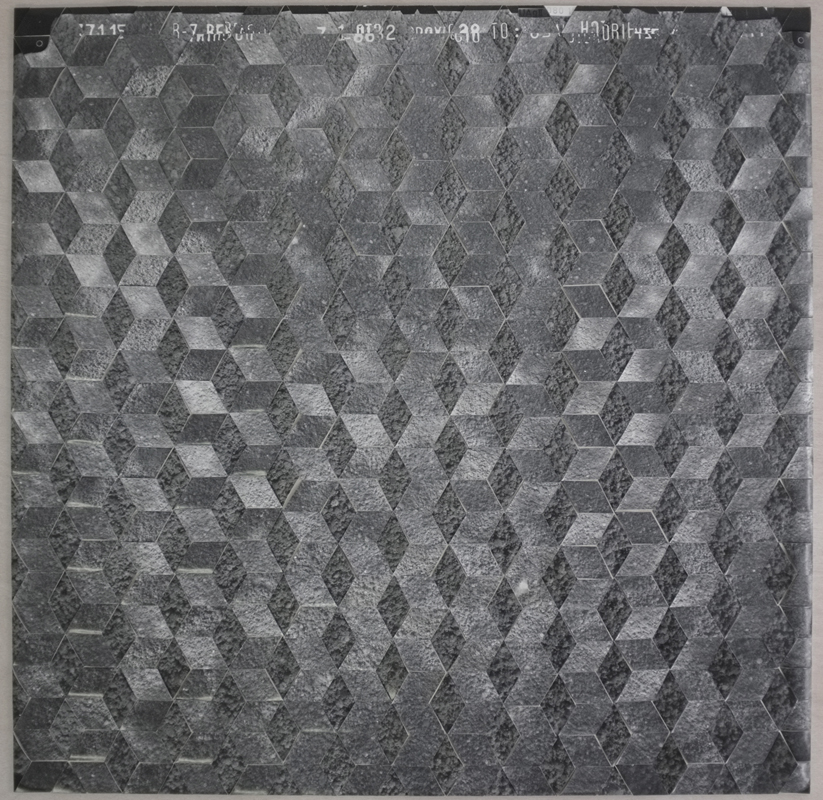Canción para un fósil canoro (Song for a chanting fossil)
2019 - Installation (Installation)
Dimensions variable
Rometti Costales
Canción para un fósil canoro (Song for a chanting fossil) by Rometti Costales is inspired by the history of the building that currently hosts the Museo de la Solidaridad Salvador Allende (MSSA) in Santiago, Chile. The duo associated the layers of the building’s history with the vestiges of life and the processes of fossilization that have taken place in areas of the Atacama Desert, a territory that has been the stage for several episodes in Chile’s tumultuous economic and political history. The work operates as a metaphor for the strata of historical memory, condensing different materials and operations. The intrinsic appearance and characteristics of the elements with which the artists work connect to other ideas and stories that echo around them. Skeletal remains, minerals, and petrified objects evoke the successive changes undergone by the building from a family residence at the turn of the 20th century, to the Department of Humanistic Studies, a telephone surveillance center during the dictatorship of Augusto Pinochet, to today’s cultural institution, whose archives document a crucial part of the political history of art in Latin America. In Rometti Costales’s work, the use of lost-wax casting (also known as precision casting), stands as a reference to the process of fossilization, through which one material replaces another. In the installation, a hand gesture is recast, inspired by the hands of the anonymous Chuquicamata mummy (also known as “The Copper Man”). The branches of an araucaria tree and the remains of a desert bird evoke the domestic furniture of the past residence of MSSA. These interventions invite a discussion on the conservation and transmission of narratives behind social and cultural history, and how spatial and temporal dimensions unfold in different geographical locations. As such, this installation refers to the displacement and decontextualization of objects, bodies, and materials. It represents the fragility of the human and the non-human, the consequences of colonization, and the inscription of endemic nature as cultural patrimony within nationalist discourses. It reflects the instrumentalization and decoding of history, and how interpretations and values modify over time.
Rometti Costales is an artistic collaboration between Julia Rometti and Victor Costales that began in 2007. Their research has led them to South America, and particularly Brazil and Ecuador, where Costales has also lived. During their research trips, the artist duo develop a form of attention to the environment, traditions, and micro-histories of the places they visit. Their work is based on their personal readings of environmental and cultural situations and an understanding of philosophical and anthropological debates on the relationship between nature and culture.
Colors:
Other works by: » Rometti Costales

© » KADIST
Rometti Costales
2013This anarchist flag is made from Huayruro seeds, a native plant of South and Central American tropical areas...

© » KADIST
Rometti Costales
2013The three cut-outs are made of three aerial photographs coming from the archives of the Ecuadorian Military Geographic Institute...
